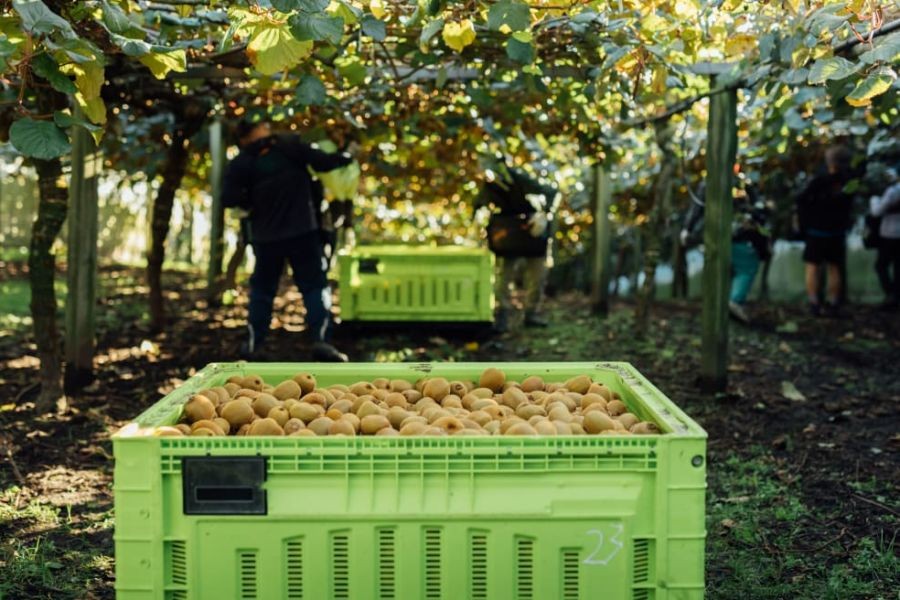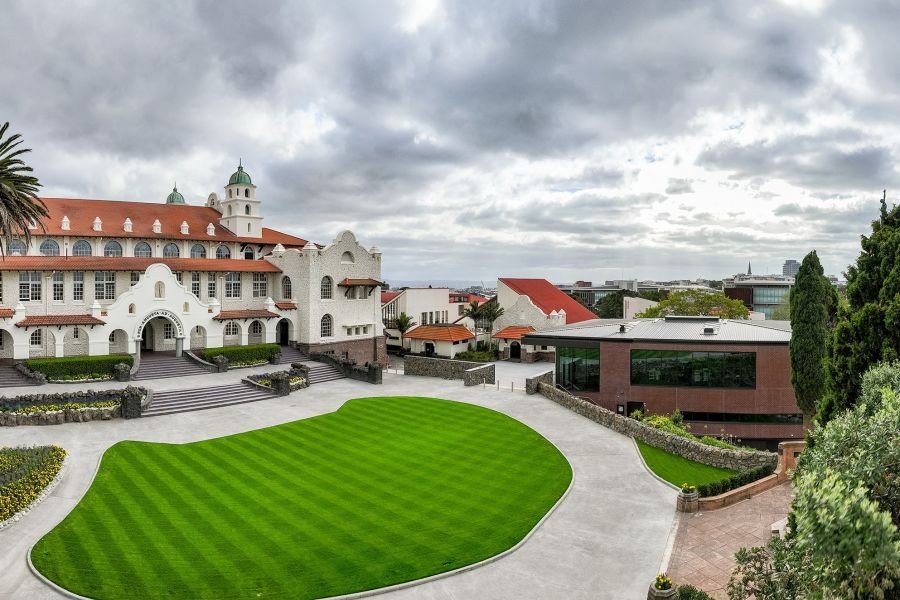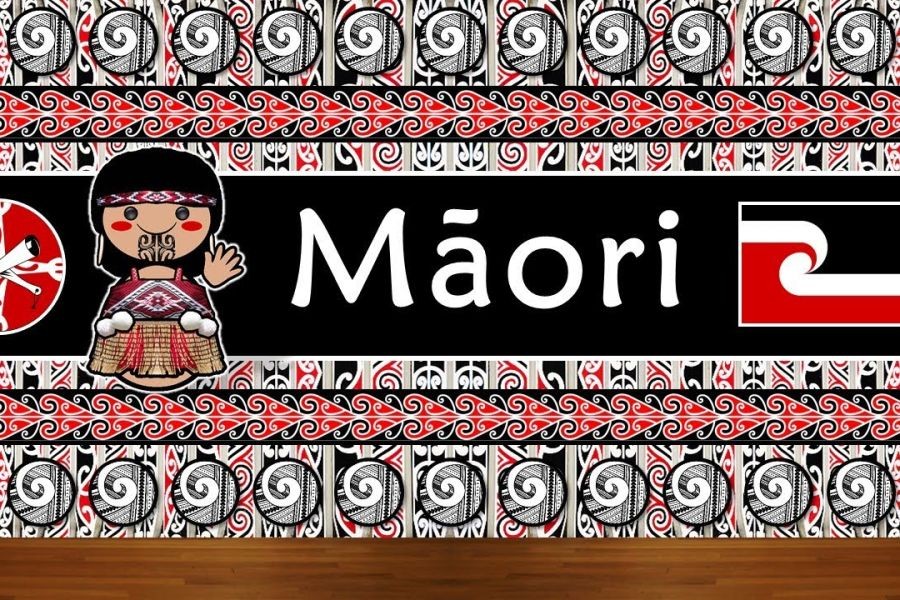New Zealand is not just a country — it’s a living postcard. From snow-capped peaks to volcanic valleys, glacial rivers to glowworm caves, Aotearoa is one of the most geographically diverse nations on Earth. Whether you’re a local adventurer or an overseas traveller, experiencing the raw beauty of these natural wonders is nothing short of soul-stirring.
This guide ranks the top 10 natural wonders in New Zealand based on accessibility, ecological uniqueness, cultural significance, and visual impact — making it perfect for trip planners, eco-tourists, educators, and locals rediscovering their own backyard.
1. Milford Sound – Fiordland’s Crown Jewel
Region: Fiordland National Park, South Island
Te Reo Māori Name: Piopiotahi
Type: Fjord carved by glaciers over millions of years
Why It Stands Out
Milford Sound isn’t just beautiful — it’s an overwhelming, immersive encounter with nature’s grandeur. Towering Mitre Peak rises 1,692 meters from the dark waters, and cliffs draped in temperate rainforest give way to waterfalls that seem to pour from the sky.
Milford receives over 6,000 mm of rainfall annually, which fuels temporary waterfalls that vanish as quickly as they appear. Mist and cloud often hang in the fjord, giving it a mystical, cinematic quality.
Cultural and Environmental Significance
In Māori tradition, Piopiotahi is named after the now-extinct piopio bird. The region holds ancestral stories of exploration and creation and is considered tapu (sacred).
Pro Tip
Cruise at dawn to avoid crowds. Or kayak in the stillness of early morning to feel the sheer cliffs closing in around you like a cathedral of stone.
2. Aoraki / Mount Cook – The Sacred Giant
Region: Canterbury, South Island
Height: 3,724 metres (NZ’s highest mountain)
Name Origin: Aoraki, the tallest son of Rakinui, sky father, in Ngāi Tahu creation story
Geographical Significance
Aoraki anchors the Southern Alps and dominates the national park named after it. Glacial valleys and moraine walls shape a stark, silent, ice-sculpted world. Hooker Glacier and Tasman Glacier (NZ’s longest) reside here.
Star Power
This region is part of the Aoraki Mackenzie International Dark Sky Reserve. The clarity of its night skies draws astrophotographers and scientists from across the globe.
What to Do
Hike the Hooker Valley Track (3 hrs return) with suspension bridges and glacier views.
Stargaze at Mount John Observatory.
Scenic flights and heli-hiking are popular, especially in summer.
3. Tongariro Alpine Crossing – A Volcanic Pilgrimage
Region: Central Plateau, North Island
Length: 19.4 km (One-day trek)
UNESCO Dual Heritage Site (Natural + Cultural)
What Makes It a Natural Wonder
This hike spans an active volcanic landscape of red craters, sulphur vents, emerald lakes, and vast lava flows. The terrain resembles another planet, and its colours change with sunlight and season.
Mount Ngauruhoe (aka Mount Doom in LOTR) looms above, while Mount Tongariro itself is sacred to Māori, with deep spiritual relevance and restricted summits.
Safety First
Weather can be lethal. Alpine gear and planning are essential, even in summer. Local shuttle operators provide up-to-date forecasts and route conditions.
4. Franz Josef Glacier – Ice Meets Rainforest
Region: Westland Tai Poutini National Park, West Coast
Type: Advancing + Retreating Temperate Glacier
What’s Unique
Where else in the world can you walk from lush rainforest to a glacier in under an hour? Franz Josef’s valley, sculpted by ancient ice, is cloaked in green — a surreal contrast to the blue and white of the frozen behemoth.
Climate Impact
Once accessible by foot, the glacier has retreated drastically in the past decade. Access now requires a guided heli-hike, showcasing the fragility of glacial ecosystems in a warming world.
Experiences
Scenic flight + glacier landing
Valley walks with interpretive signs
Hot pools in the rainforest-fed village
5. Abel Tasman National Park – A Coastal Canvas
Region: Tasman Bay, South Island
Size: 225 km²
Famous For: Golden beaches, turquoise coves, lush native bush
The Experience
The Abel Tasman Coast Track weaves along tidal estuaries, suspension bridges, and secluded bays where native birdsong echoes through nikau palms. The landscape is a vibrant mosaic of granite headlands and iridescent shallows.
Wildlife
Home to fur seals, penguins, and rare birds like the pāteke (brown teal). Marine reserves protect a thriving underwater ecosystem.
Top Tip
Rent a kayak and paddle into caves and lagoons. Overnight in beachside huts or glamp in luxury tents with sea views.
6. Lake Tekapo – A Natural Kaleidoscope
Region: Mackenzie Basin, South Island
Height: 710 metres above sea level
Known For: Milky turquoise water + lupin blooms + stargazing
What Makes It Magical
Glacial rock flour suspended in the lake’s water refracts sunlight into a distinctive turquoise hue. In spring, pink and purple Russell lupins fringe its shores, creating a floral wonderland.
The Church of the Good Shepherd offers an iconic photo with the Southern Alps backdrop.
Dark Sky Destination
As part of the Dark Sky Reserve, Lake Tekapo offers dazzling Milky Way displays and occasional aurora australis sightings.
7. Punakaiki Pancake Rocks – Nature’s Stone Stacks
Region: West Coast, South Island
Formed: 30 million years ago
Feature: Horizontal limestone layering + blowholes
Geological Marvel
Limestone and sandstone were compressed underwater, then uplifted and eroded by wind and sea to form a natural rock stack that looks like a tower of pancakes.
Blowholes blast seawater high into the air during high tide — especially during west coast swells.
Walks & Access
The 1.1 km loop track is wheelchair-accessible and well-signposted. Great for families and geology enthusiasts alike.
8. Rotorua Geothermal Valley – Earth’s Fiery Breath
Region: Bay of Plenty, North Island
Type: Geothermal hotspot
Key Site: Whakarewarewa and Te Puia
Thermal Energy
This living landscape breathes steam, hisses mud, and roars geysers. Pohutu Geyser erupts up to 20 times per day. Silica terraces and boiling mud pools mark a tectonic zone shaped by the Pacific and Australian plates.
Māori Culture
The Tūhourangi-Ngāti Wāhiao people live amidst these forces of nature, using steam to cook and bathe. Their resilience is part of Rotorua’s unique cultural identity.
Activities
Cultural performances and hāngī meals
Mud spa treatments and geothermal walks
Redwoods Treewalk at night for a glow-lit forest experience
9. Moeraki Boulders – Nature’s Stone Spheres
Region: Otago Coast, South Island
Age: ~60 million years
Type: Septarian concretions
Scientific and Mythic Allure
Formed from sea-floor sediments and minerals, these giant spherical stones were slowly revealed as the cliff face eroded. Some measure over 2 metres across.
In Māori legend, they’re gourds and eel baskets washed ashore from the wreck of the legendary waka Araiteuru.
Best Viewing
Low tide reveals the most boulders. Bring a drone or wide-angle lens for stunning seascapes.
10. The Blue Pools – Alpine Purity Personified
Region: Haast Pass, South Island
Water Source: Glacial meltwater from Mount Aspiring National Park
Ethereal Clarity
The water is so clear it appears to glow. A swing bridge above offers perfect views into the vibrant blue depths, where trout glide silently.
The pools are accessible via an easy, well-maintained trail through native silver beech forest.
Important Note
Swimming is allowed but be prepared: water temperatures stay near freezing year-round. DOC monitors the site to preserve its pristine condition.
Final Thoughts: Why These Wonders Matter More Than Ever
These aren’t just places to snap a photo — they are living systems shaped by millennia of forces, tied to Māori cosmology and increasingly impacted by climate change and tourism. Appreciating them deeply requires slowing down, listening to local stories, and treading with care.
As Daniel Chyi, Co-Founder of Vidude.com, puts it:
"New Zealand’s wild places offer more than beauty — they hold wisdom. When Kiwis share their journeys through video, they help protect what they love."
Related Long-Tail Keywords
Most beautiful natural places in New Zealand
Top New Zealand glacier hikes 2025
Māori natural heritage sites
Volcano tourism NZ
Stargazing destinations NZ
Best NZ fjords and coastal tracks
New Zealand blowholes and limestone formations
Safe glacier tours NZ
Hāngī experiences Rotorua
Underrated nature spots New Zealand





























